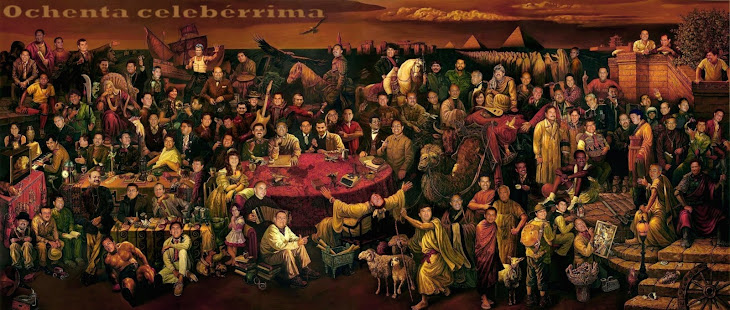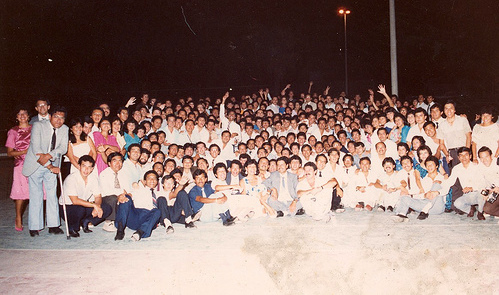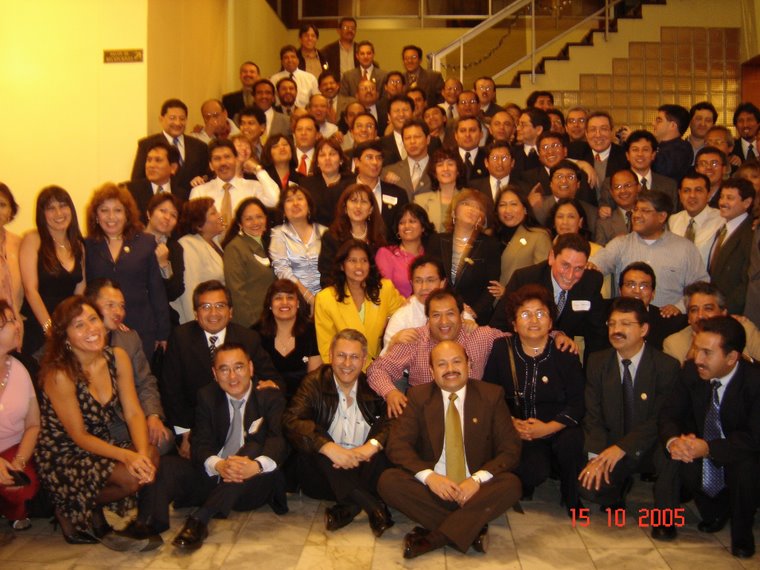JABOYA: Sex for Fish
Sex for Fish sometimes referred to as "Fish for Sex" is a phenomenon in which female traders engage in sexual relationships with fishermen to secure their supply of fish. The women fish traders are often pressured into having sex with the fishermen who supply them with daily fresh fish. Along the beaches where the sex for fish practices have been observed, the fishermen do maintain several transactional sexual relationships with women at different beaches where they land with their fish.
Sex for Fish as a phenomenon is common in many low and middle income developing countries; however, the bulk cases have been observed in Sub-Saharan Africa’s inland fisheries. The most vulnerable victims are economically disadvantaged women, e.g. single or divorced women as well as widows residing in along the shores of inland fisheries centers.
Several social-economic factors including poverty, cultural practices, and competition among women who are involved in fish trade are often listed as variables fueling the sex for fish practice. There is no conclusive research that shows what promotes sex for fish practice, however, fishermen seem to be taking advantage of stiff competition between the women who trade in fish to demand sexual favors in exchange for the fish. The men or the trader who receives sexual favors would grant preferential sale and sale at reduced prices to these women
In the shores of Lake Victoria in Kenya, women have been observed giving out empty polythene bags to the fishermen before they go out fishing at night or early morning, and when the fishermen return, some of the best catch would be set aside for them, stashed in these bags.
The fishermen take advantage of these economically and social disadvantaged women by offering preferential treatment in fish business in exchange for sex.
In Kenya where sex for fish has been well documented, poverty among the fishing communities has been constantly listed as factors contributing to the practice of sex for fish. Sex for fish practice in Kenya is popularly referred to as Jaboya system. Jaboya in Luo tribe dialect means customer, however, due to the transactional involvement of fishermen with women fish traders, the locals coined the term Jaboya system to refer to sex for fish phenomenon. Fishmongers in lake side city of Kisumu, have sex with fishermen to get stock to sell in order to make a living. They have alluded to having children to feed and having to pay rent and school fees as drivers for exchange of sex for fish. In Kenya’s third largest city of Kisumu, Dunga Beach along the shores of Lake Victoria young girls have become the new attraction for fishermen who use their fish catch as a bait to lure these vulnerable group into sex for fish practice fees. The cycle of poverty and vulnerable ensures that older women introduces their younger daughters or orphaned girls to sex for fish trade. In return the young girl sleeps with the fisherman that offers the best deal. In many cases the young girls do have sex with multiple partners and are exposed to STD’s and potentially HIV infections.
In 2010, two Peace Corps volunteers, Dominik Mucklow and Michael Geilhufe who lived near Lake Victoria decided to do something to help the women who were trapped in sex for fish practice. With support from the U.S. President's Emergency Plan for AIDS Relief (PEPFAR) funding, they assisted a group of women fish traders to acquire their own fishing boats. The women then employed men to go fishing using these boats. This simple advancement allowed women to be free from sexual exploitation in order to secure their fish supply. No sex for fish aimed to change the work dynamic between the women and the men who make their living from the fishing industry by giving women ownership of the means of production, boats.The women own the boats, as the women work they repay the cost of building the boat, then the boat repayment money is pooled to construct more boats; increasing the number of women involved. The pilot project was managed by the Victoria Institute for Research on Environment and Development (Vired).
http://youtu.be/OymjU0xuOXI
http://youtu.be/5Cg7UT6fBpk
http://www.ncbi.nlm.nih.gov/pmc/articles/PMC3717412/
lunes, febrero 17, 2014
Suscribirse a:
Comentarios de la entrada (Atom)













No hay comentarios.:
Publicar un comentario